Invented by Prabha N. Ibrahim, Hamid Rezaei, Gary Conard Visor, Tomoari Kamo, Hiroshi Yamakose, Daiichi Sankyo Co Ltd, Daiichi Sankyo Inc
The market for formulations for compounds that modulate kinases is driven by several factors. First, there is a growing demand for targeted therapies that can selectively inhibit or activate specific kinases. This is because traditional chemotherapy and radiation therapy often have significant side effects and can damage healthy cells. By targeting specific kinases, it is possible to develop therapies that are more effective and have fewer side effects.
Second, there is a significant unmet need for new treatments for diseases that are caused by dysregulation of kinases. For example, there are currently no effective treatments for many types of cancer that are caused by mutations in specific kinases. By developing compounds that can modulate these kinases, it may be possible to develop new treatments for these diseases.
Third, there is a growing interest in personalized medicine, which involves tailoring treatments to individual patients based on their genetic makeup and other factors. By developing compounds that can modulate specific kinases, it may be possible to develop personalized treatments for patients with specific mutations or other genetic abnormalities.
The market for formulations for compounds that modulate kinases is highly competitive, with many companies and academic institutions actively developing new compounds. Some of the key players in this market include pharmaceutical companies such as Pfizer, Novartis, and Roche, as well as academic institutions such as the Dana-Farber Cancer Institute and the University of California, San Francisco.
One of the challenges in developing compounds that modulate kinases is identifying compounds that are selective for specific kinases and have minimal off-target effects. This requires a deep understanding of the structure and function of kinases, as well as the ability to screen large libraries of compounds for activity against specific kinases.
Another challenge is developing formulations that can effectively deliver these compounds to the target cells or tissues. This requires the development of novel drug delivery systems that can overcome the barriers to drug delivery, such as the blood-brain barrier.
Despite these challenges, the market for formulations for compounds that modulate kinases is expected to continue to grow in the coming years. This is due to the increasing understanding of the role of kinases in disease, as well as the growing demand for targeted therapies and personalized medicine. As new compounds are developed and tested in clinical trials, it is likely that some of these compounds will be approved for use in the clinic, providing new treatment options for patients with a wide range of diseases.
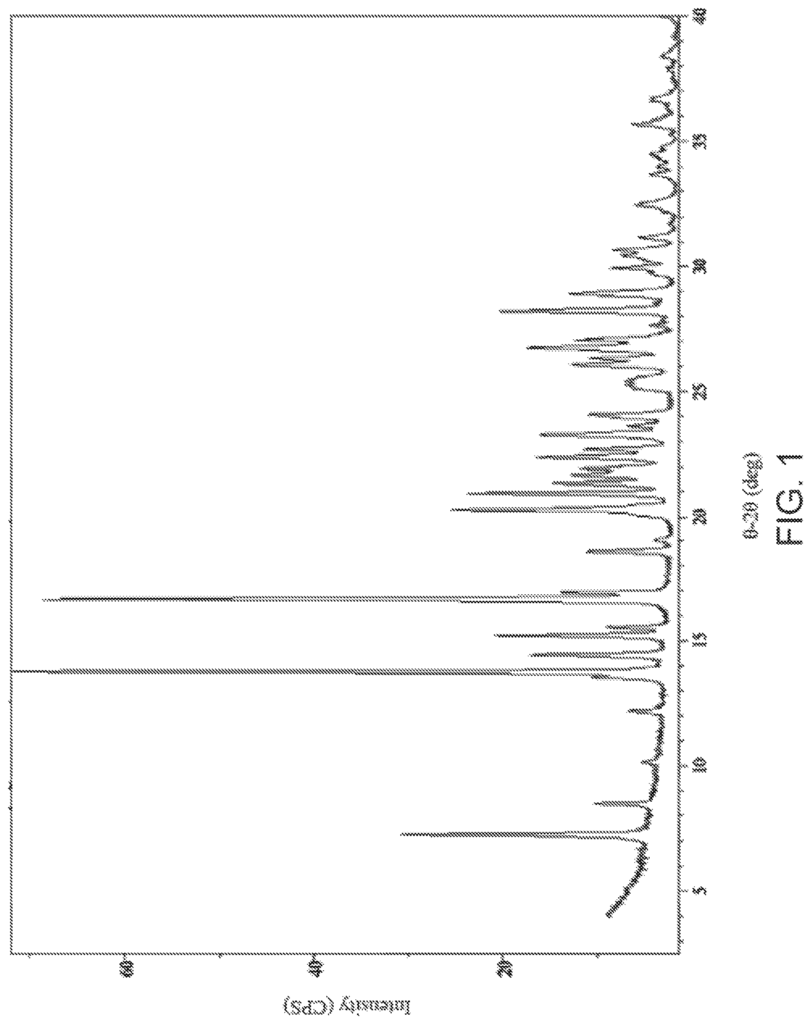
The Daiichi Sankyo Co Ltd, Daiichi Sankyo Inc invention works as follows
Provided are compositions consisting of Compound I with the following structure:nnor any pharmaceutically acceptable salt thereof; a solubilizing agents; methods of making them; and methods for using them.
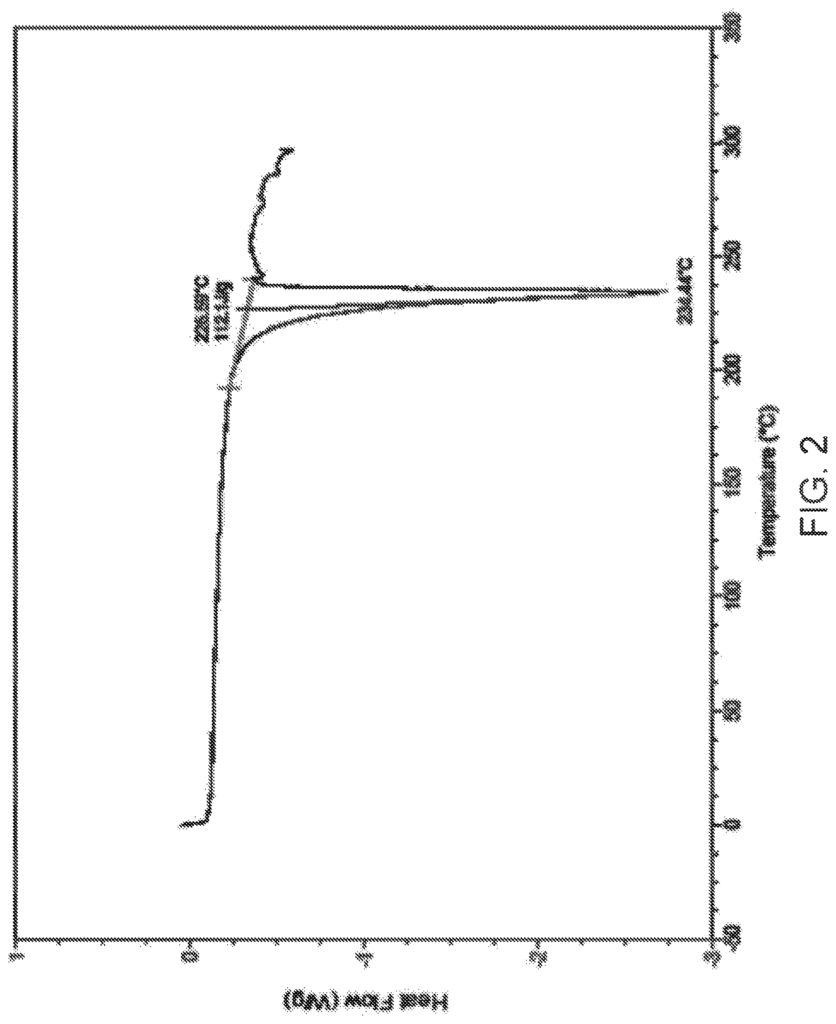
Background for Formulations for a compound that modulates kinases
CSF1R inhibits are small-molecule receptor tyrosinekinase inhibitors that target CSF1R (the receptor to macrophage colony stimulating factor). This disclosure contains compound I, which is known to inhibit CSF1R and c-Kit as well as FLT3.
Effective treatments are needed for those who are suffering from or at-risk of a c?Kit or c?Fms mediated disease. This disclosure discloses Compound I, which is available in U.S. Pat. No. 7,893,075, U.S. Publication No. Publication No. Publication No. Publication No. 2013-0274259; the disclosures of all are incorporated by reference in their entirety. Effective formulations of Compound I are not yet known.
Compositions from this disclosure can be administered orally to patients for the treatment of diseases and conditions modulated via CSF1R, C-Kit and/or FLT3. Certain embodiments have improved dissolution profiles.
The present disclosure pertains to compositions consisting of Compound I with the following structure:
Or a pharmaceutically acceptable salt thereof and a solubilizing agents.
The compositions described in this disclosure include crystal forms of Compound I, Form C of Compound I and other forms as described in this disclosure.
In another embodiment, the compositions described in this disclosure also include one or more excipients and a disintegrant.
The present disclosure also refers to methods of making compositions, which further improves dissolution profiles of compositions.
The present disclosure also refers to compositions made using the methods of this disclosure.
The present disclosure also refers to methods of treating subjects with a disease or condition mediated via CSF1R and/or c-Kit, FLT3 and/or FLT3. This includes administering any of these compositions to said subject.
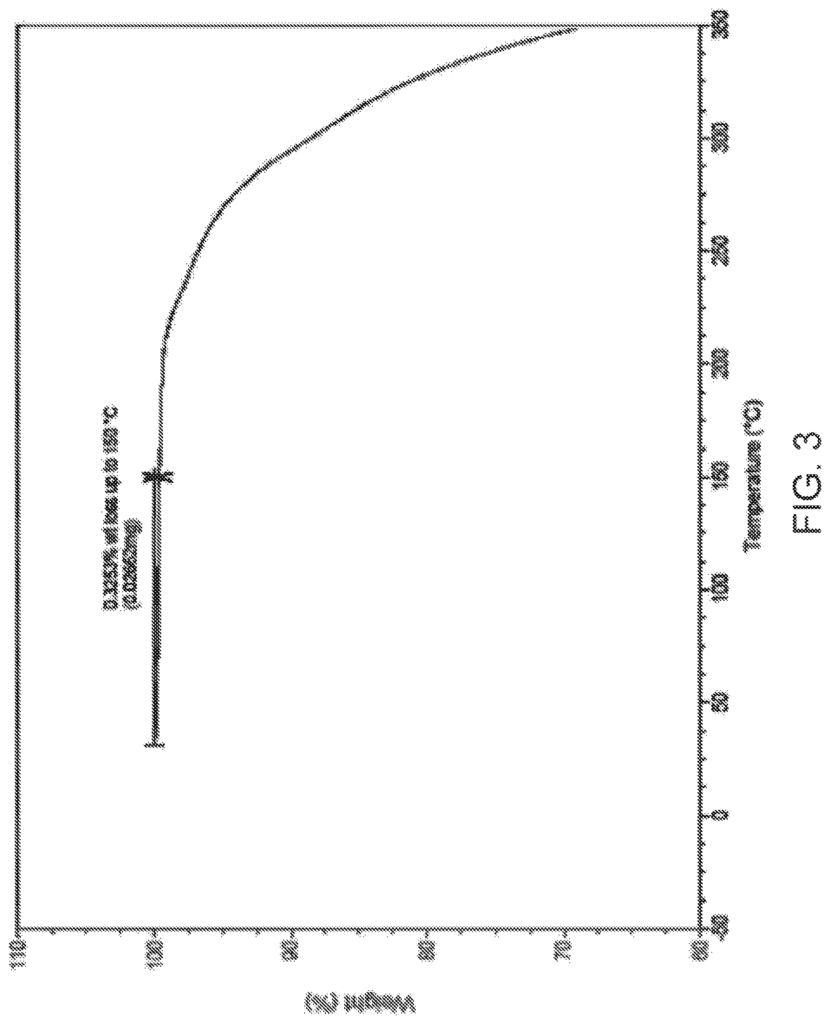
Additional features and embodiments will be evident from the following detailed description and from the claims.
The disclosure contains compositions containing Compound I, as well as pharmaceutically acceptable salts. Compound I is composed of the following structures:
Compound I is also referred to as 5-(5-chloro-1H-pyrrolo[2,3-b]pyridin-3-ylmethyl)-pyridin-2-yl]-(6-trifluoromethyl-pyridin-3-ylmethyl)-amine, PLX3397, or pexidartinib. The present disclosure also provides compositions that include crystalline forms and pharmaceutically acceptable salts for Compound I. The present disclosure also provides compositions that include crystalline forms of HCl-salts of Compound I. The present disclosure also provides compositions that include crystalline Form C for Compound I.
In other embodiments, the composition of this disclosure includes Compound I or a pharmaceutically acceptable sodium salt thereof and a solubilizing agents. Compound I can be a HCl salt of Compound I in some embodiments. Some embodiments have the HCl salt in Compound I crystallized. Some embodiments use Form C as the crystalline HCl sodium of Compound I.
In other embodiments, a composition according to this disclosure includes an HCl salt from Compound I and a solvent agent.
A composition of this disclosure may also include a crystalline version of a HCl salt from Compound I and a solvent. A composition of this disclosure may also include a crystalline form of Compound I and a solvent agent.
In other embodiments, a composition disclosed in this disclosure includes Compound I or a pharmaceutically acceptable sodium thereof ranging between about 50% and about 75% W/W; as well as a solubilizing agents ranging from 25% to about 50% W/W.
In other embodiments, the composition of this disclosure includes an HCl salt or Compound I that ranges from about 50% to approximately 75% W/W; as well as a solubilizing agents that range from 25% to about 50% W/W.
Another embodiment of the disclosure includes a crystalline version of an HCl sodium of Compound I ranging between about 50% and about 75% W/W; as well as a solubilizing agents ranging between about 25% to 50% W/W.
In other embodiments, the composition of this disclosure includes Form C of Compound I with a range of about 50% to approximately 75% W/W; as well as a solubilizing agents ranging between about 25% and about 50% W/W.
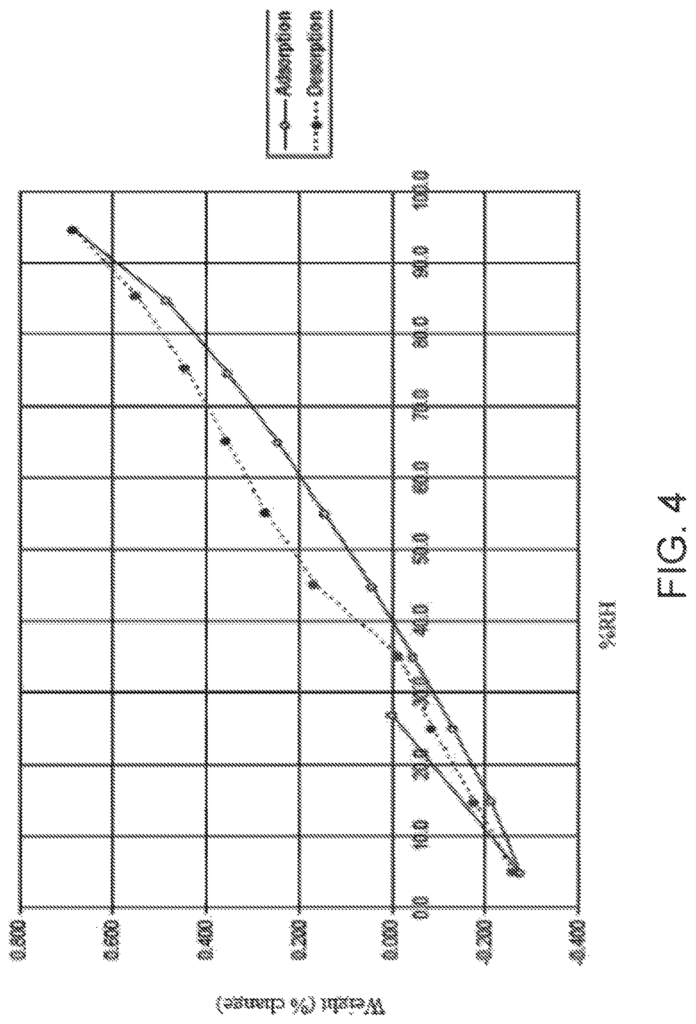
Click here to view the patent on Google Patents.
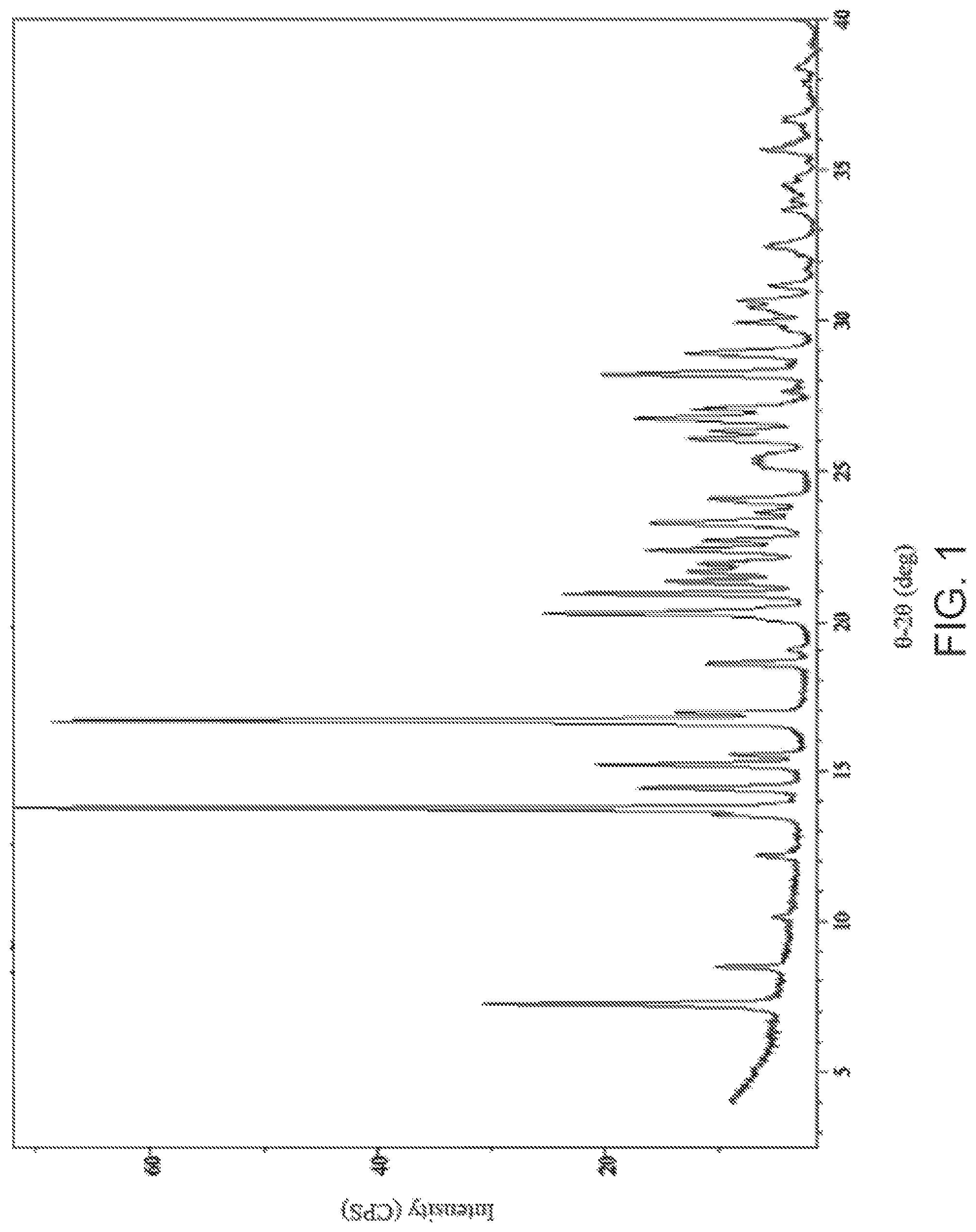
Leave a Reply